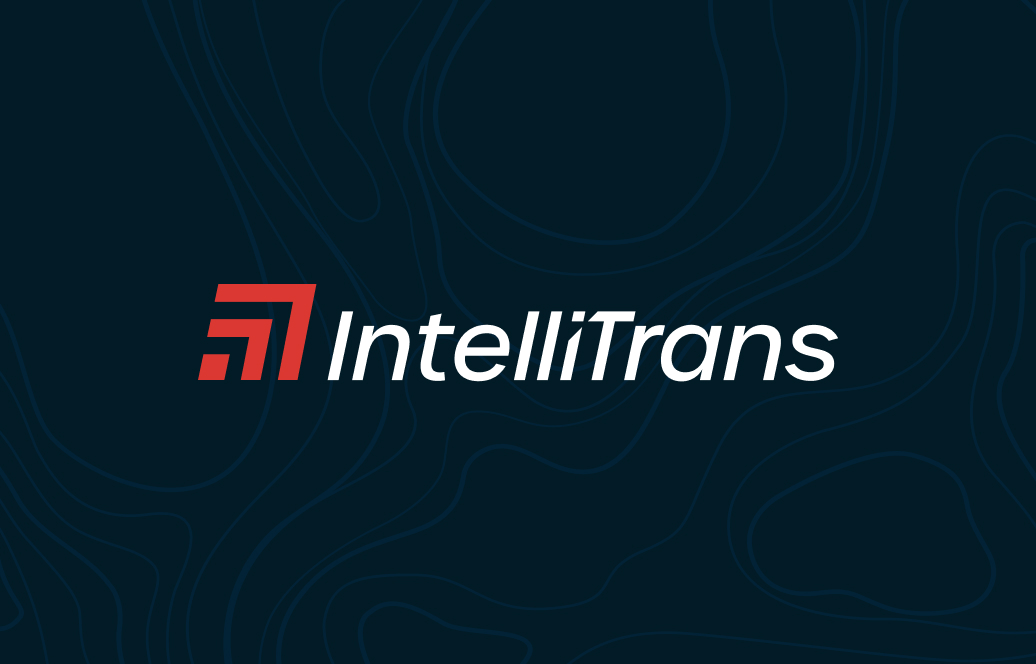

If you’re like people who ship a lot of bulk and break-bulk products, you probably feel like you’re always dealing with the latest disaster and rarely able to get ahead to make the progress your management craves. Worse yet, those same managers are probably asking you to do more with less next year, too.
A modern transportation management system (TMS) can help you focus on the highest values challenges, but it needs to "do it all." The most useful systems draw from state-of-the-art predictive analytics and provide visibility across your supply chain to prove successful.
Many benefits accrue from a new purpose-driven TMS, though: you not only lower your shipping and operational costs and boost your employees' productivity, but you ensure you're always getting a reasonable price for a lane and tracking best-performing carriers–all while improving customer service.
In fact, with the right tools, your TMS can improve on-time deliveries significantly (up to 20%) as you proactively manage any shipment delays.
But with so many TMSs out there, how do you know what features and benefits you should be looking for to really improve your business? Let’s take a look at the top priorities to keep in mind.
A TMS automates your most difficult processes, helping your team operate more efficiently and reducing errors, saving both time and money.
With dashboards and analytics, a TMS should provide critical insights that drive meaningful business improvements beyond just maintaining operations.
A TMS should use predictive exception management to track shipments across rail, truck, barge, and ocean modes. You’ll always know the status of your shipments and can quickly address any delays or misroutes.
A TMS will enable seamless booking for various transport modes without switching systems. It captures real-time data and shares it with all stakeholders, enhancing interaction with trading partners and improving supply chain accountability.
With SaaS-based dock scheduling, a TMS offers real-time visibility, simplifies dock appointments, and enhances labor planning, increasing dock throughput.
A TMS featuring a dynamic tendering algorithm broadens the carrier pool over time, providing more options for covering loads, especially when options are scarce.
Shippers and brokers should be able to use a TMS to automate tendering processes, controlling carrier visibility and prioritizing loads based on various criteria like cost, service quality, or customer preference.
A TMS should employ intelligent algorithms to automatically audit invoices, ensuring accuracy and enabling automated payments or disputes when necessary.
A TMS should integrate with various load boards, allowing shippers and 3PLs to manage contract freight, private fleets, and spot market moves through a unified system.
Choosing the right TMS is crucial for optimizing your logistics and improving efficiency. By focusing on these key features, you can ensure that your TMS meets your current needs and adapts to future challenges, enhancing overall performance and reducing costs.
The IntelliTrans TMS encompasses all these essential features, delivering a comprehensive solution to meet your logistics needs. From automated processes and advanced analytics to seamless booking and intelligent invoice auditing, our TMS is designed to help you stay ahead of challenges and optimize your operations. Learn more about how IntelliTrans can transform your logistics management.